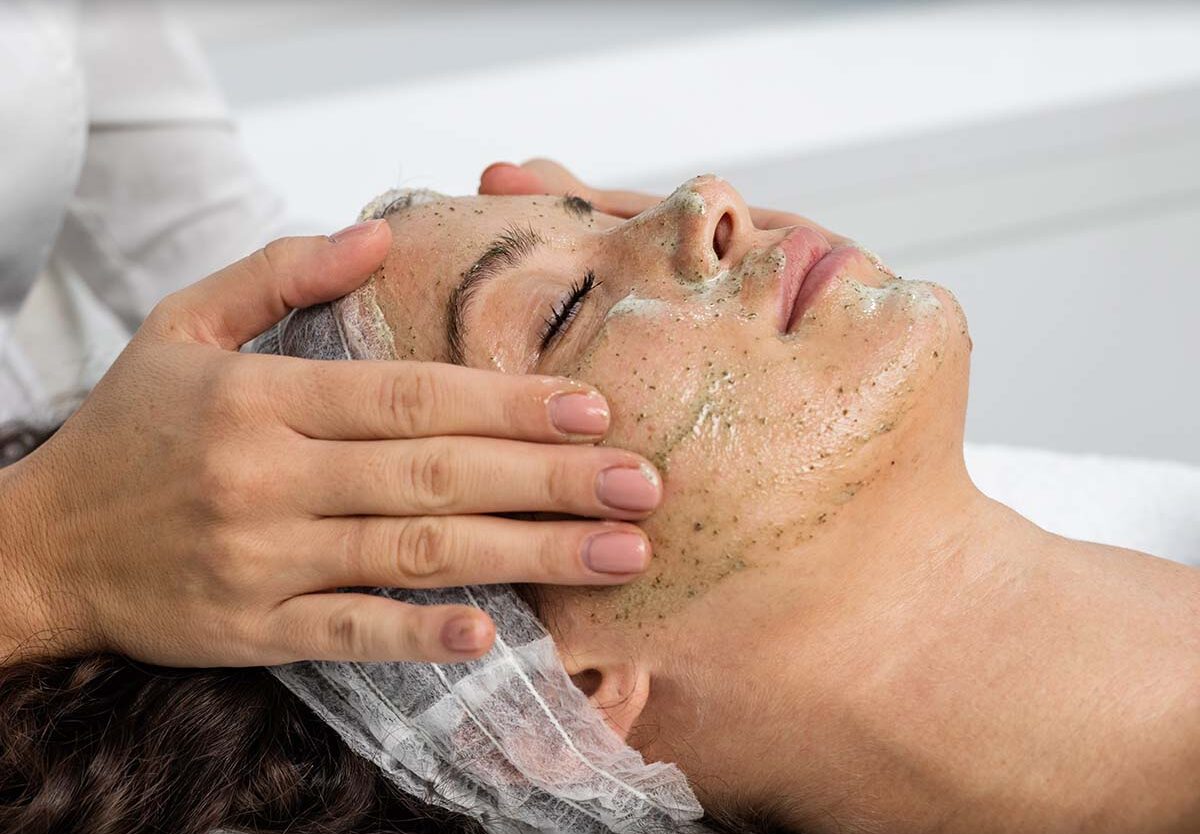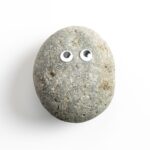National First Day of Peel Season takes place on September 7 every year and it celebrates healthy skin. The beginning of fall is the best time for skin peeling — deep exfoliation treatments. It is because there’s less sun exposure to worry about, making the season safer for stronger enzyme peels and chemical peels. These treatments exfoliate away the weathered layers of summer skin to reveal that enviable autumn glow. This season also comes before the harsh winter months when skin becomes too dry or compromised for a peel. Peel season marks the time of renewal and positive change to our skin.
History of National First Day of Peel Season
The history of skin beauty treatments goes back to Ancient Egypt. The use of black-kohl eyeliner and eyeshadows in dark colors such as blue, red, and black was common. These practices were commonly recorded and represented in Egyptian art, as well as in their hieroglyphs.
In Japan, geishas used sticks of ‘bintsuke’ wax as a makeup base. Sometimes, geishas would also use bird droppings to create a lighter color. In the 16th century, women in Europe would bleed themselves to achieve pale skin was the standard of beauty at the time. Some accounts say that Spanish prostitutes wore pink makeup to contrast their pale skin.
The Middle Ages saw the use of cosmetics continue, where the face was made pale, and the cheeks made red. As far as skin peeling is concerned, ancient Egyptians would scrape their skin with alabaster (a soft white stone). They followed up with topical solutions made with oils, acids, and salt. The Romans and Greeks began with pumice stone and resin and then graduated to sulfur for intense results.
Gypsy populations created the deep chemical peel. Their early experimenting made way for the phenol peel, a medical-grade resurfacing treatment that sometimes requires a general anesthetic. It was in the 19th century that skin peels became popular. It was due to a sharp increase in experimentation led by Austrian dermatologist Ferdinand Hebra, founder of the Vienna School of Dermatology. He tried various processes (including scary experiments with lime and nitric acid) before the tincture (a combination of chemicals with alcohol) became the prototype of the modern chemical peel.
Skin peels today are highly refined, with absorption rates, penetration, and after-effects continuing to improve. The ongoing efforts to minimize trauma while enhancing results have made the skin peel safer and more effective than ever.
National First Day of Peel Season timeline
Ancient Egyptians use different methods to enhance their facial features.
Cosmetics mention in the Old Testament in 2 Kings 9:30 that Jezebel wears eyeshadow.
Henry Tetlow uses zinc oxide as a face powder.
Women in America copy the wide-eyed, matte look of supermodel Twiggy.
National First Day of Peel Season FAQs
How much do skin peeling treatments cost?
Treatments can cost as low as $150 for light peels and $3,000 or more for deep peels.
How long do chemical peels last?
The results of chemical peels can last from one month to the rest of your life.
Can I do chemical peeling at home?
Yes, as long as you use the right products in the correct doses.
National First Day of Peel Season Activities
Prep your skin for peeling
Before getting your peel treatment, start increasing your sun protection in advance. Take it up a notch by avoiding sun exposure as much as possible before and after your peel appointment.
Get a peel
Exfoliation gives your skin room to breathe by getting rid of dead cells. Visit a licensed esthetician who’s experienced in skin peeling and give your skin some love.
Talk to your esthetician about your goals
If you’re not ready for exfoliation, evaluating your skincare goals is a great way to track your skin’s health. Talk with your esthetician about your skin’s needs and lifestyle to see the best way forward.
5 Interesting Facts About Your Skin
Peels aren’t risk-free
Peels can cause side effects like scarring, infection, change in skin color, and organ damage.
The skin is heavy
Your skin makes up approximately 15% of your total body weight.
A self-renewing organ
The skin renews itself every 28 days and sheds about nine pounds of dead skin cells yearly.
Incredible size
The skin is the body’s largest organ.
A sweaty affair
There are about 300 sweat glands per square inch of skin.
Why We Love National First Day of Peel Season
It keeps skin healthy
Dermatologists recommend yearly checkups to track your skin's health. National First Day of Peel Season is the perfect time for this.
It creates awareness
More people need to know about the value of skin peeling. It's not just about looking good but staying healthy too.
It keeps us looking good
When our skin receives proper care, it boosts our appearance. And when we look good, we feel good.
National First Day of Peel Season dates
| Year | Date | Day |
|---|---|---|
| 2025 | September 7 | Sunday |
| 2026 | September 7 | Monday |
| 2027 | September 7 | Tuesday |
| 2028 | September 7 | Thursday |
| 2029 | September 7 | Friday |

























